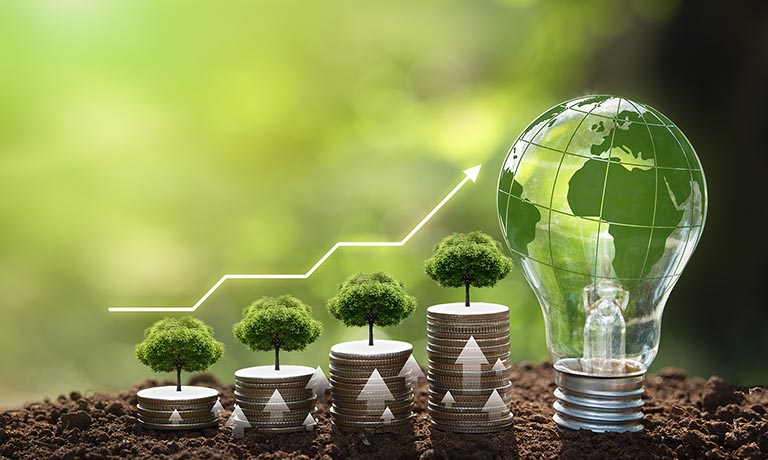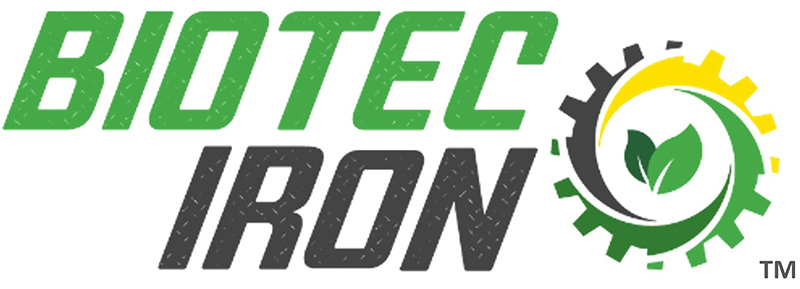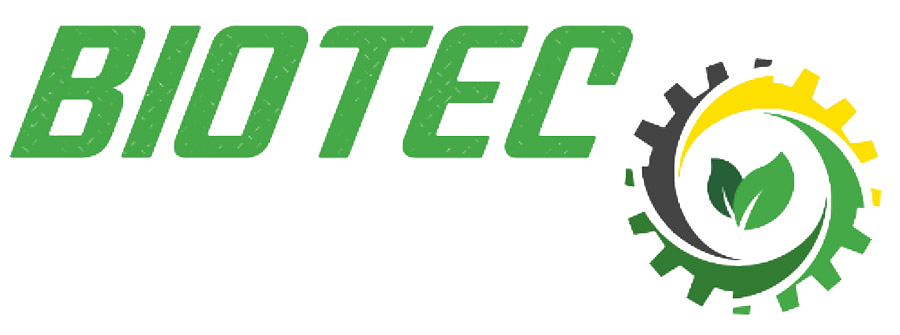Our
TECHNOLOGY
Services
A new technology that uses short-cycle biomass to make metal, biofuels, cement, and energy in an efficient, innovative, and disruptive way, allowing the acquisition of basic products to make steel with Low Carbon Emissions.
- New Technology to make metal with biomass and low-quality iron ore fines
- Biomethane production to replace fossil fuels
- Cogeneration of energy using furnace top gas
- Cement with low carbon emissions
- Provide renewable fuel for other industries
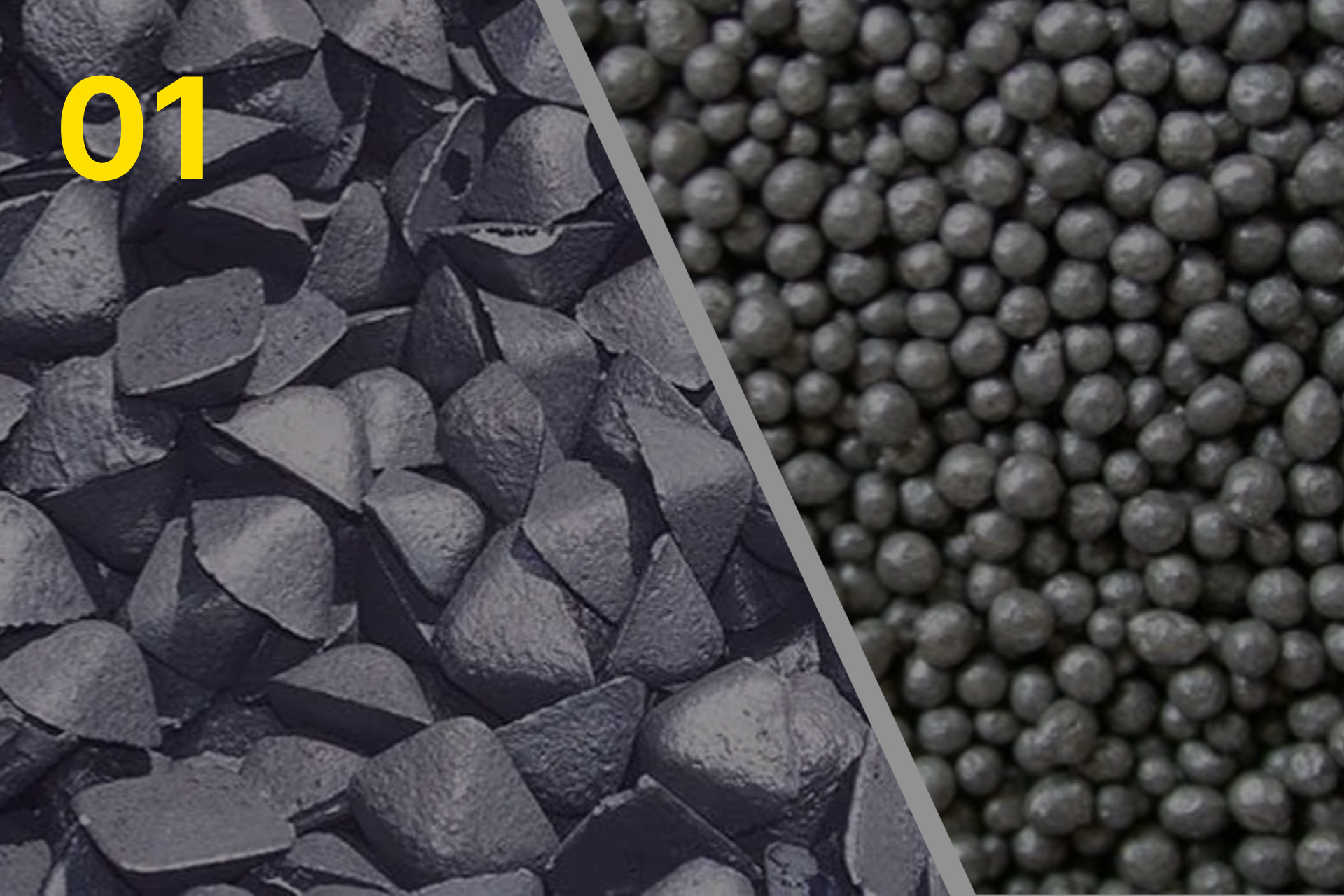
IRONMAKING
- Production of low carbon metal to supply the steel industry.
- Recover gases from process and generate energy.
- Use low-quality fines, iron ore and short cycle biomass.
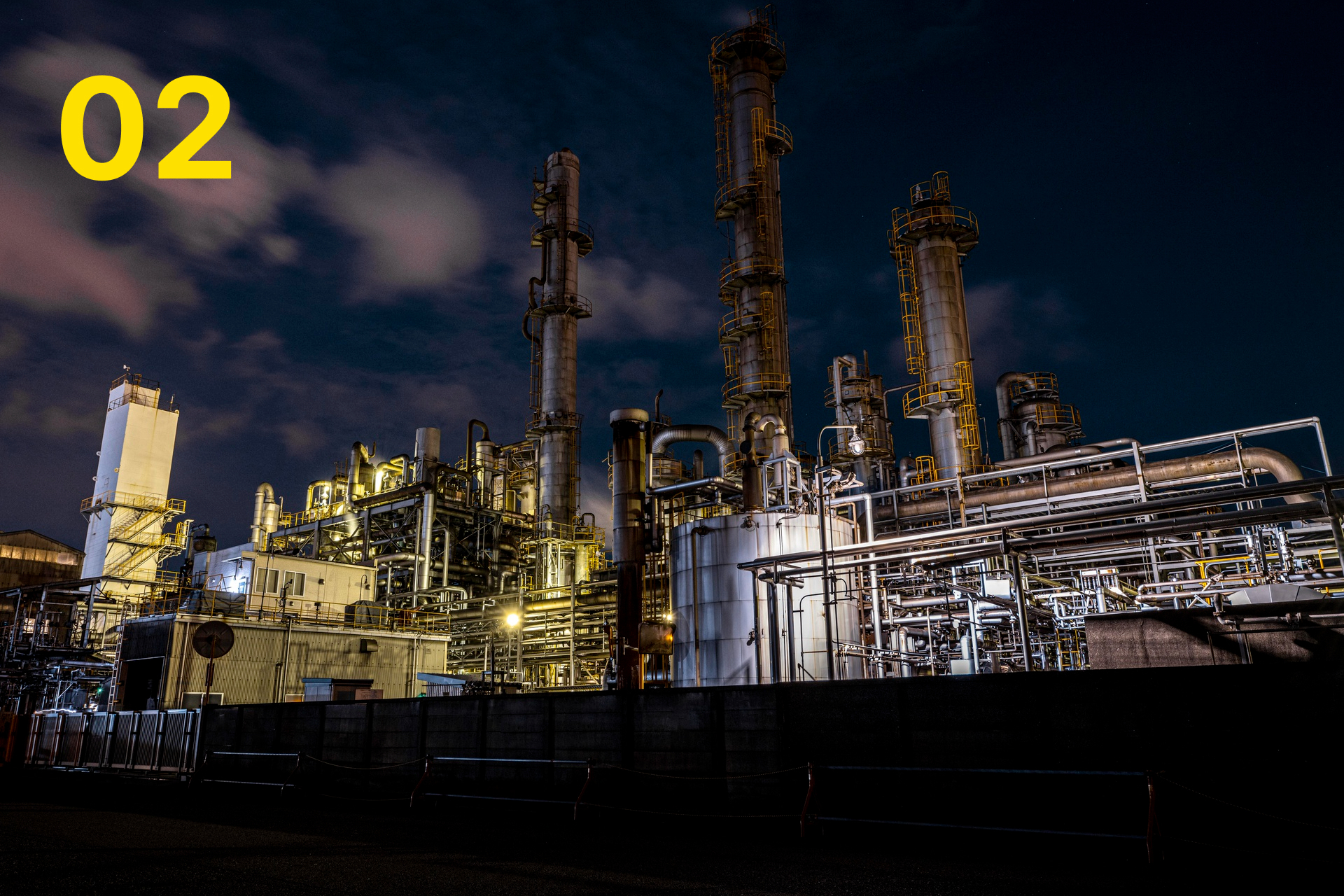
THERMOCHEMICAL ENERGY
- Biomass provides biomethane and fuel to make metal.
- All machines can use biomethane as a fuel.
- 100% of energy resources are renewable.
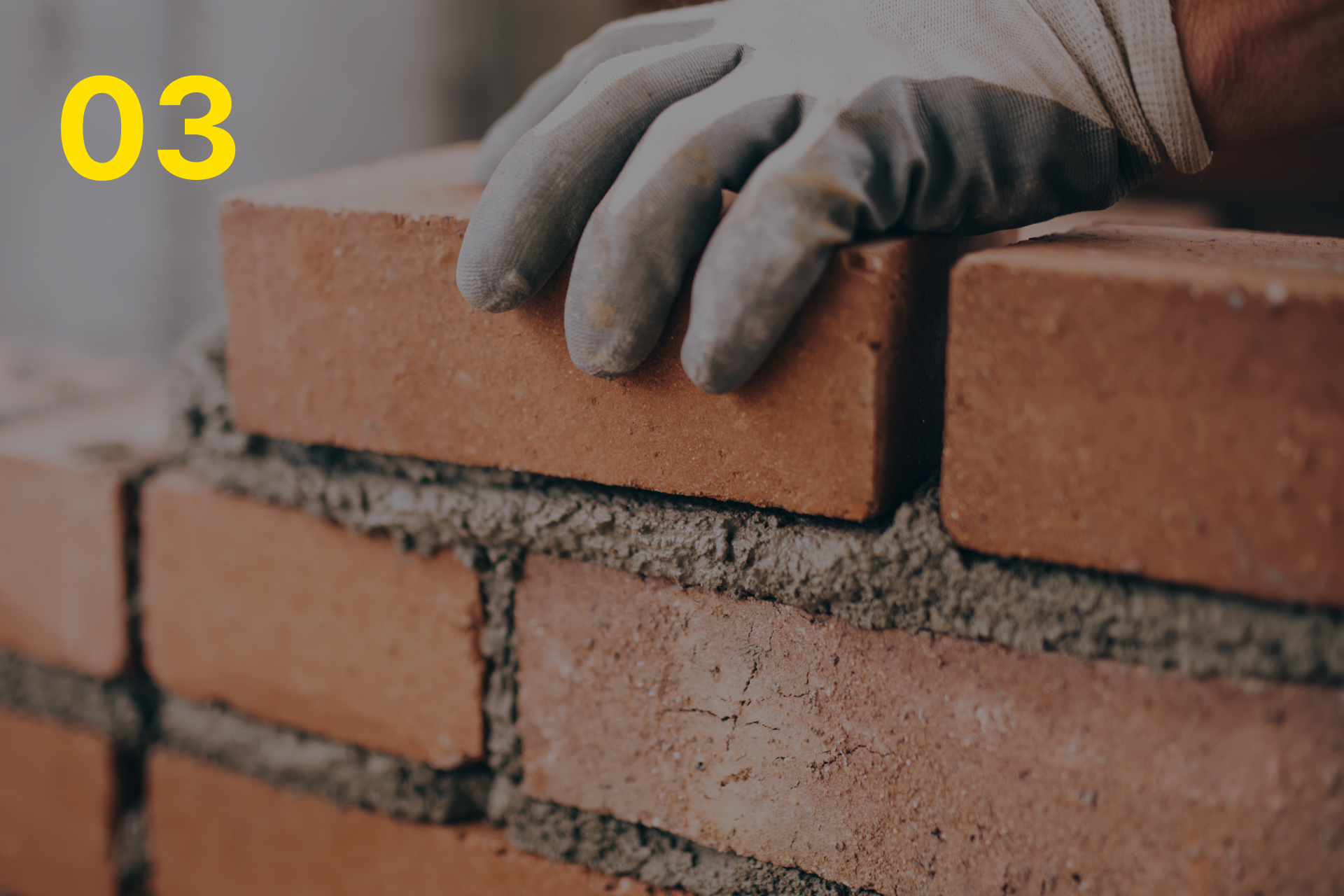
CEMENT
- The cement industry is one of the largest generators of CO2 in the world.
- Bio iron process produces “green” cement using slag and green energy.
- The fuel of all processes are biomass and biomethane.
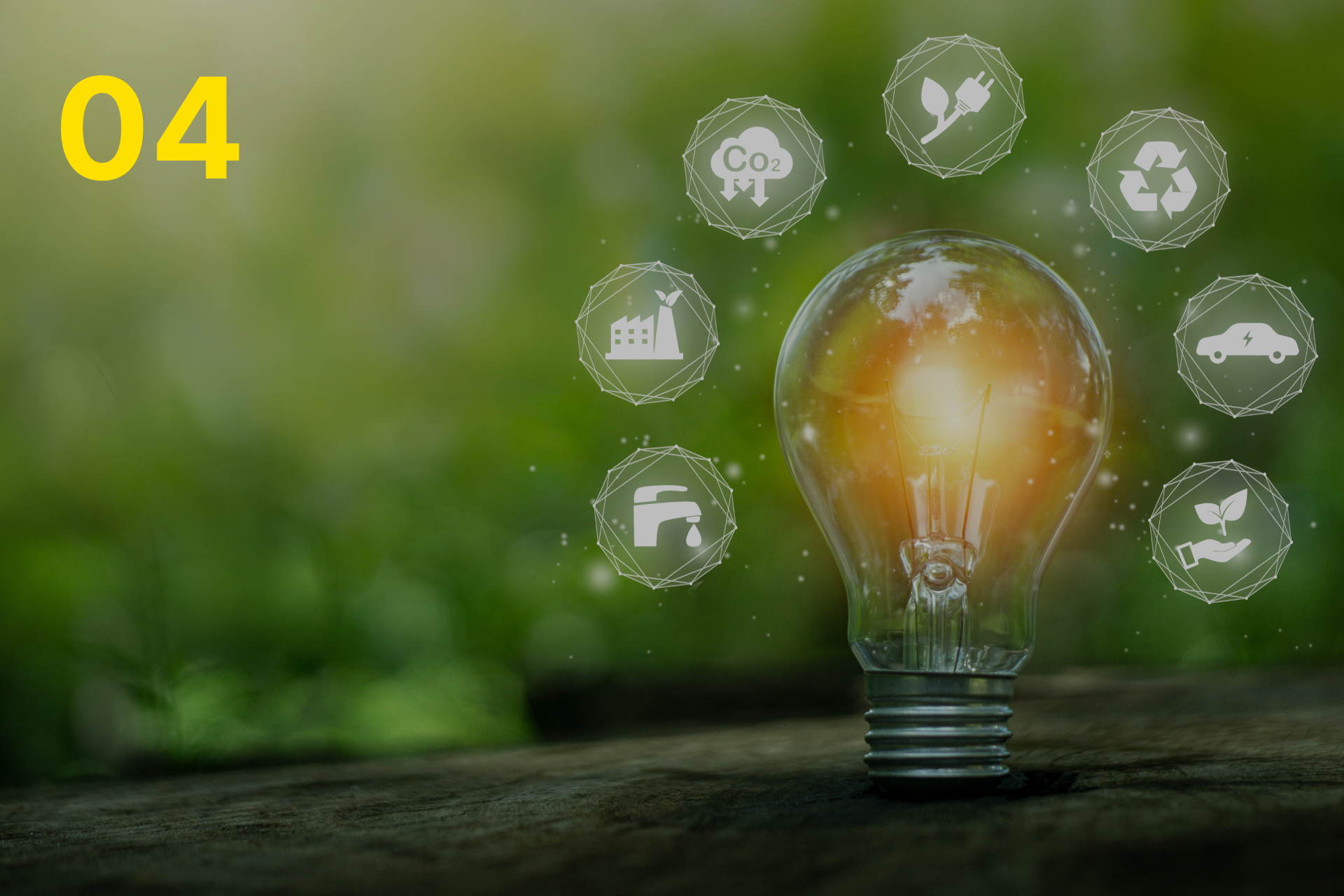
BIOFUELS
- Bio iron processes generate biomethane and biomass to make metal, cement and energy.
- Biomethane can be used in the cement industry.
- Biomethane replaces fossil fuels.
- Biomass is used in furnaces as a fuel instead of coke or charcoal.
TECHNOLOGY
SMART PROCESS CONTROL
Simulation and Operation
Based on the raw material input data, it makes the initial setup and receives results from the simulator, when a process variation occurs due to an incorrect raw material analysis, for example, or even a variation in air humidity, the simulator generates a result different from the target and the control system makes the adjustment to return to normal. This happens hundreds of times per minute.
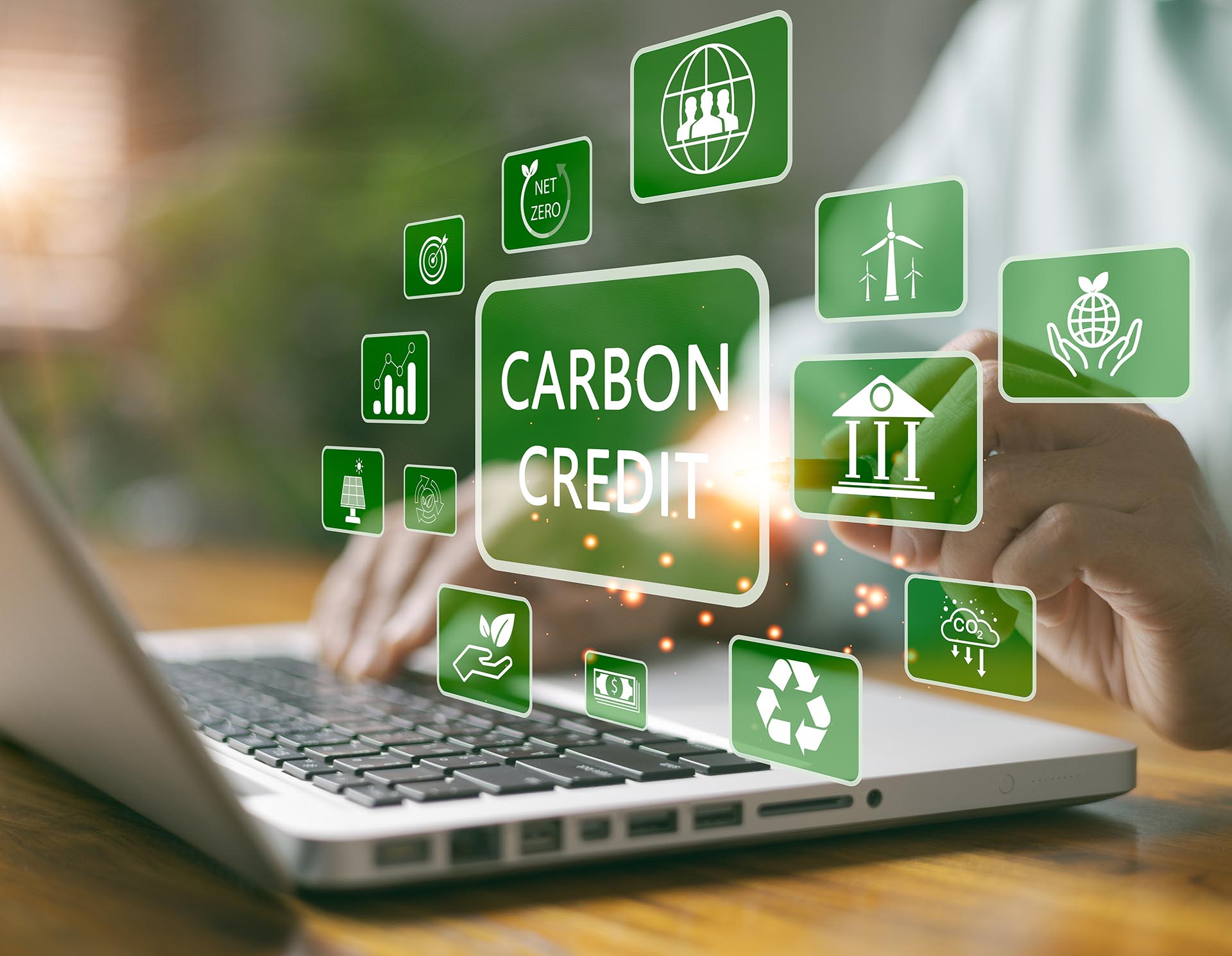
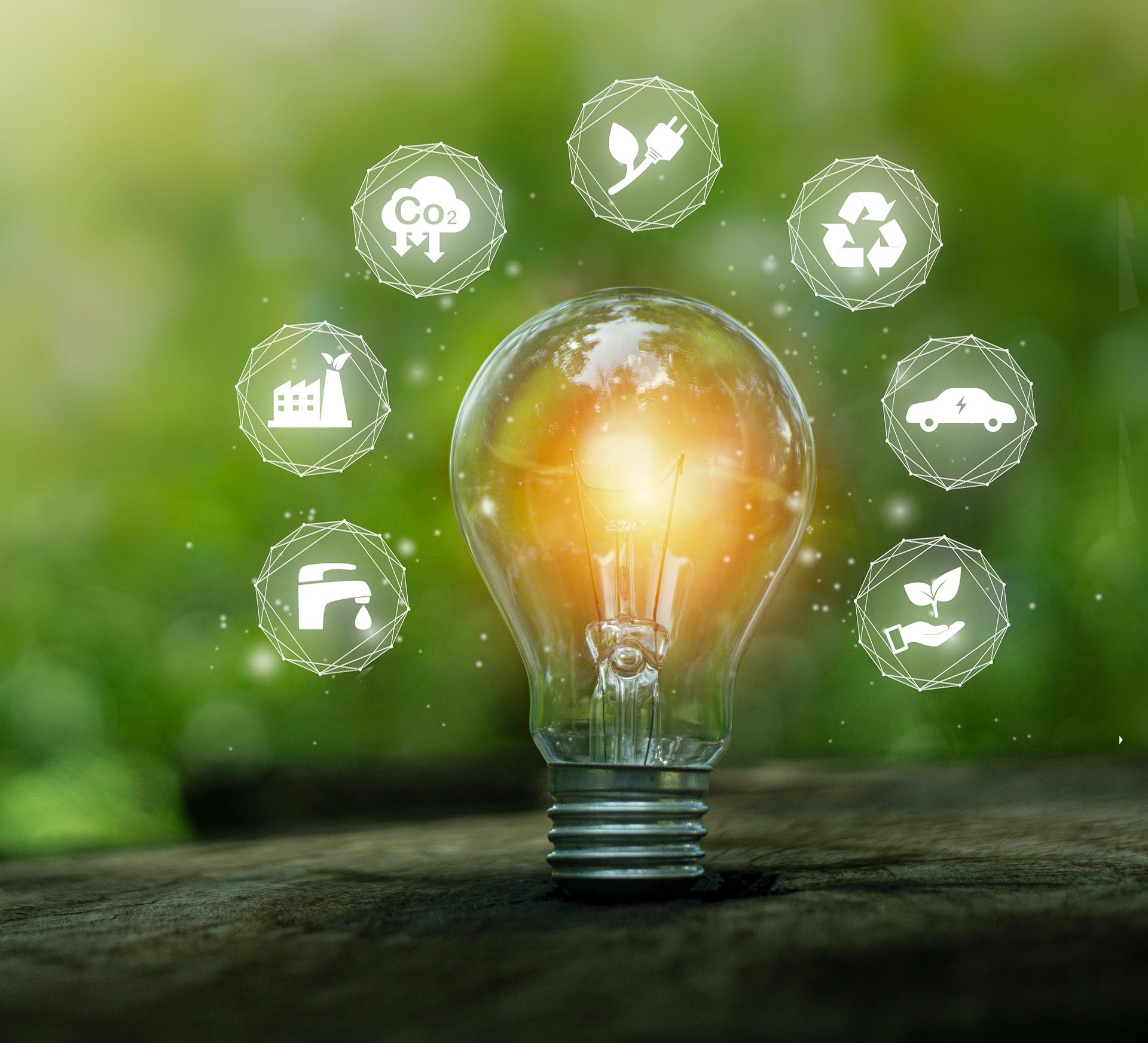
Learning and physical identification
In addition to feedback from sensors (humidity, weighing, temperature, opening and closing of valves, pressure, etc.), the system evaluates physical interactions in the area and correlates them with the final results. Malfunction of equipment or identification of foreign objects results in immediate identification and notification thereof, by warning operators, or stopping the operation if necessary. This includes matters pertaining to safety conditions (Casting house).
TECHNOLOGY
COMPETITIVENESS (EAF WITH BI + SCRAP + DRI)
Scrap, DRI and Pig Iron
- The Worldwide trend is to convert Blast Furnaces to EAF facilities.
- China plans to change 50% of its steel industry to EAF technology by 2050.
- The feed materials used in EAF are Scrap , DRI and Pig Iron.
Pig Iron is a Reducer
- Scrap and DRI made with Hydrogen(as reducing agent) has no carbon in its chemical formulation.
- The use of pig iron mitigates the need to add a reducing agent.
- Pig iron and DRI are virgin materials and have no contaminants such as is found in scrap metal.
Low Iron Ore quality
- DRI uses high grade ores, which are becoming more difficult to source.
- Biotec Iron technology uses low grade ore and metal residues.
- Biotec uses metallic and biomass waste as its source of raw materials.
Biotec Iron market is 150Mty
- Pig Iron constitutes approximately 15% of the feed in an EAF, along with scrap and DRI.
- Global steel production is around 2Bi tons annually.
- Biotec Iron is the best low carbon emission raw material alternative for a market of up to 1B tons of annual EAF steel production.
Scaleable and Modular
- Biotec technology does not compete with Blast Furnaces, it complements them.
- The Biotec process has no cost or production gain above 300kt capacity.
- Projects are modular and scalable, reducing regional demand risks.
- Building an EAF takes approximately 24months, which is the same time to build as a Biotec Iron plant .
Circular Economy
- A 300kt/y Biotec Furnace can supply a 2Mt/y EAF facility with 100% of its Pig Iron demand.
- Biotec technology also creates a circular economy, by recycling. This adds significant value, reduces costs, emmisions and lowers demand on infrastructure(transport).
- By using EAF waste as a Biotec raw material , we are reducing our customer’s liabilities and production costs.
Cement, Biomethane and Energy
- Biotec generated slag is ideal for cement production.
- Biomethane has the same energy density as Methane.
- Cogeneration of energy can be fed into a grid.
- These by-products are essential in countries with limited supply (Cement or energy in Africa) , or where demand requires lower carbon emmisions (USA and Europe).
Use of local and unskilled labor
- The Biotec reactor only has two raw materials, with standard iron and carbon content . Briquettes also have the same size, shape and load distribution.
- Biotec Iron can therefore achieve increased levels of automation and control.
- One 300ktpa Biotec plant employs approximately 100 people – 80% of which are unskilled labor.
- Baseline settings are managed via a Central Control Room.
- Biotec plants will utilize specialized instrumentation.
Biomass Reduces Forest Pressure
- Pig iron made with eucalyptus charcoal has a lower carbon emission than that made with coke.
- Eucalyptus plantations require large areas for cultivation.
- Average cultivation time is around 07 years.
- That results in pressure on Native Forests.
- As the same process is used to transform eucalyptus to charcoal.
Biotec Technology Can Only Use Fines
- Short Cycle Biomass uses about 4 to 5x less area than Eucalyptus, with a 1 year plant to harvest cycle.
- Biomass is more flexible and generates more Bioproducts than eucalyptus.
- The basis of Biotec Iron technology is the use of fines , not charcoal.
- This eliminates the possibility of using wood from Native forests.
Genetic Varieties for Different Climates
- Biotec will have a laboratory in Brazil and the USA.
- Crop varieties will be developed for warm tropical climates such as Brazil, and cooler climates such as the USA and Europe.
- Local nurseries will be used to create the regional variety, reducing the time needed to cultivate a crop.
Incentives for Low Emission Industries
- Iron, Cement and Energy are bases for local development in both developing and developed regions.
- In addition to base materials, developed economies require biomethane and carbon reduced materials to support their climate preservation goals, these regions also require a circular economy through recycling of waste products.
- Biotec recycles waste products.
TECHNOLOGY – REVENUE MODELS
Supply Biotec Iron to Steel Companies
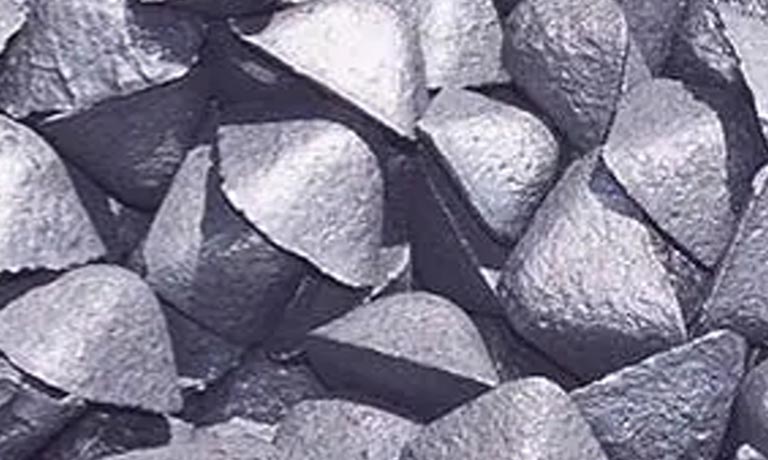
Breads
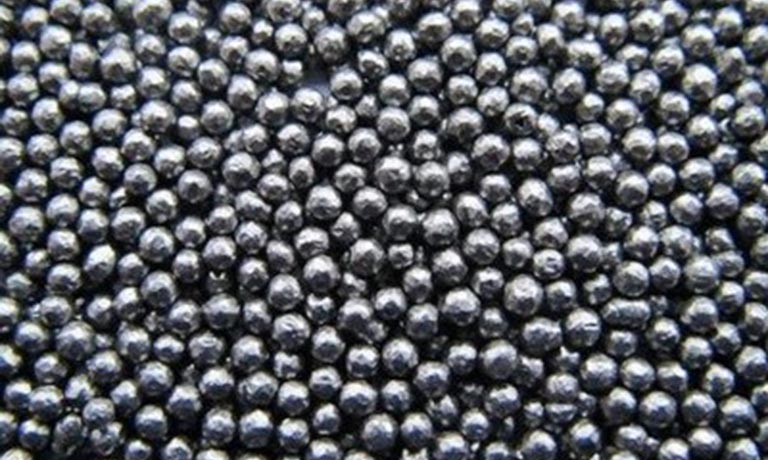
Granulated
Selling Bioproducts to Industry
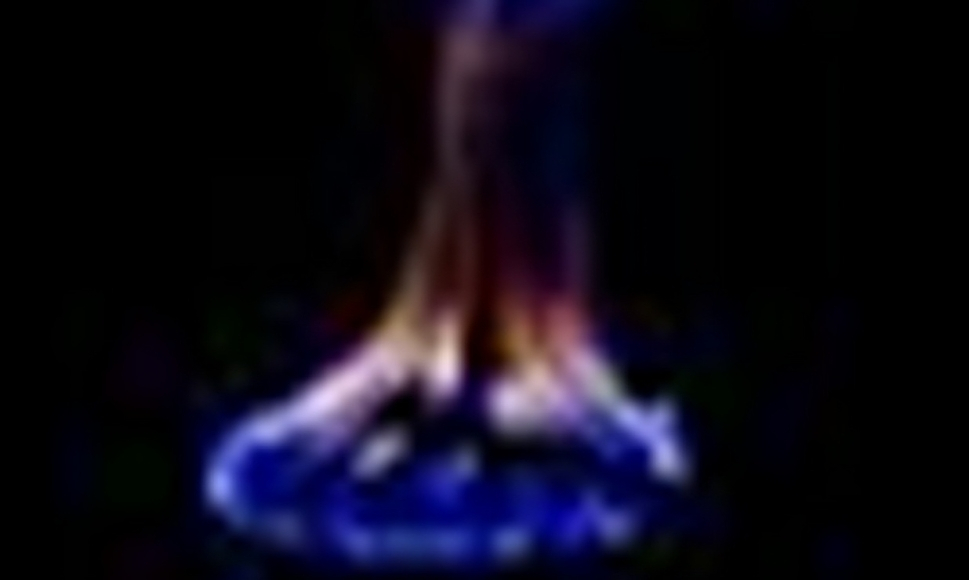
Biomethane

Cement

Energy
Engineering and Plant supply

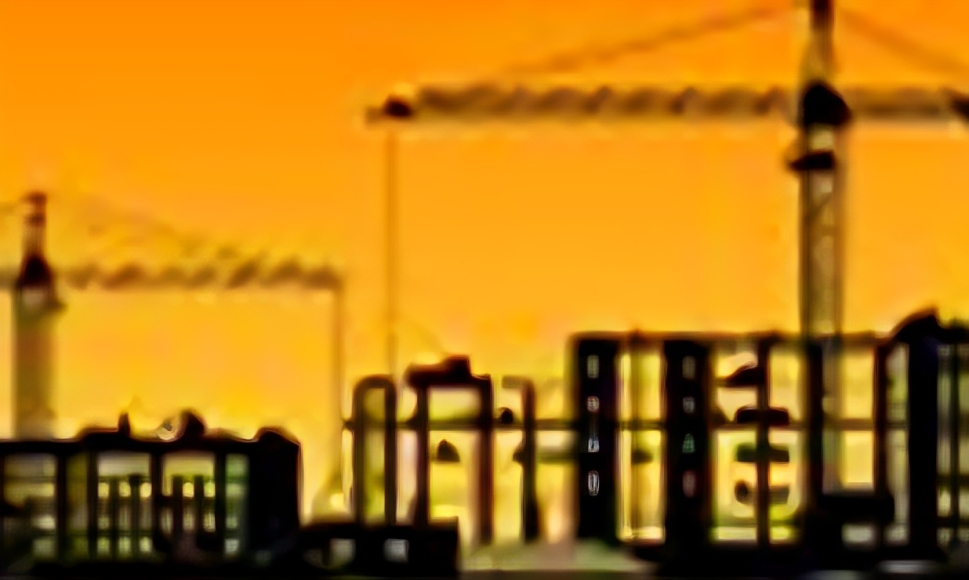
Operations support fee ($/ tons )

Central Control Room CCS
Biotec Certification ($/tonne)
Low Carbon Emission Metal
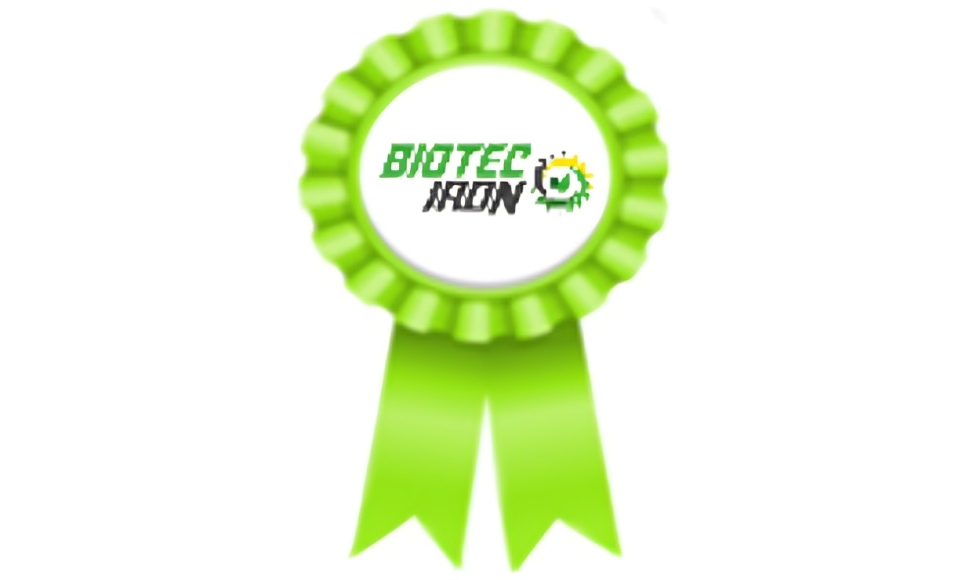
Carbon Credit Market
